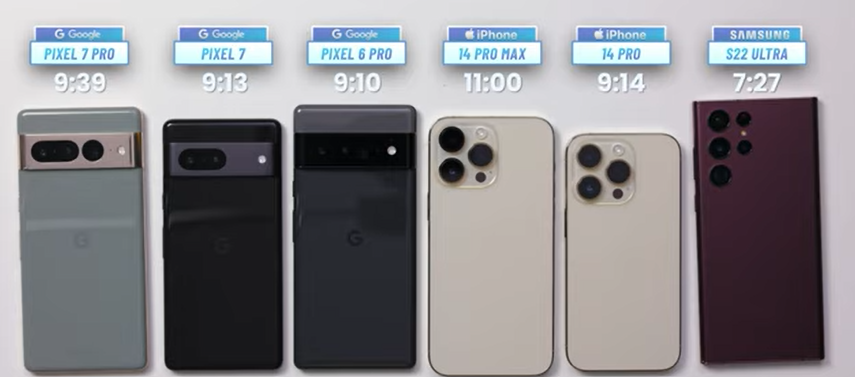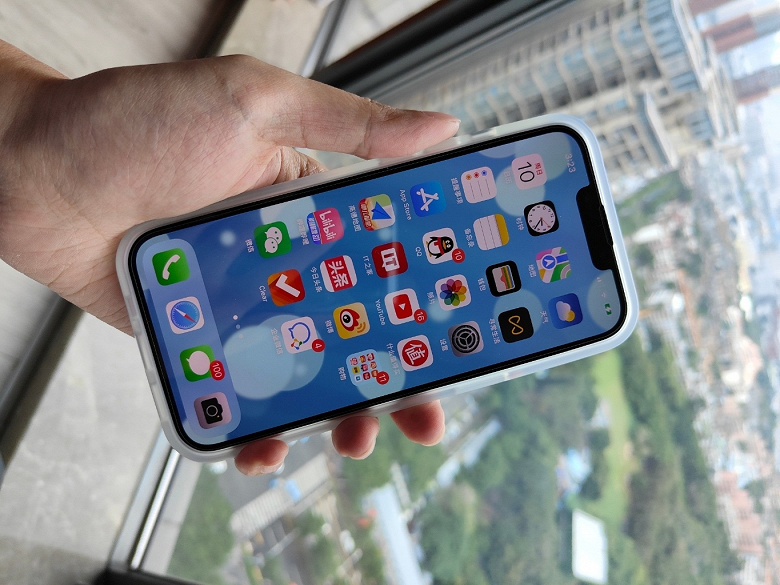
Apple has lifted the veil on its latest flagship mobile devices, the iPhone 13 Pro and 13 Pro Max. These new devices offer new features to get the most from the new hardware, which includes a new A15 Bionic chip, a triple-camera array and an updated ProMotion display—the first ever in an iPhone.
iPhone 13 Pro and 13 Pro Max
Apple saved the best for last during its keynotes, showing off its new and improved iPhone 13 Pro and iPhone 13 Pro Max right before the conclusion of the event. Both models feature slightly altered designs, highlighted by a new triple-camera array on the back and an improved OLED display on the front.
At the core of the new iPhone 13 Pro and Pro Max is Apple's A15 Bionic chip, which should offer slight performance increases compared to last year's iPhone 12 Pro and Pro Max models. The iPhone 13 Pro and 13 Pro Max feature new 6. 1" and 6. 7" Super Retina XDR Displays, respectively, which top out at 1,200 nits of brightness (for HDR stills & video) and include Apple's ProMotion technology, which intelligently adjusts the refresh rate to improve performance when you need it and conserve battery when you don't (10-120Hz). The display can hit 1,000 nits peak brightness outdoors even outside of HDR mode, a 20% increase over last year's models.
The triple-camera array on the rear of the device features a 6x focal length range, and includes a 77mm (equiv. ) focal length (3x) telephoto module, a 13mm (equiv. ) F1. 8 ultrawide module and a 26mm (equiv) F1. 5 wide module. The ultra-wide camera gets a 92% improvement in light-gathering ability compared to the F2. 4 module in previous models. The wide camera module gets larger 1. 9 µm pixels, up from 1. 4 and 1. 7 µm on the 12 Pro and Pro Max, respectively. The main, wide camera also uses sensor-shift image stabilization like last year's Pro Max model, while the ultrawide and telephoto use 'dual optical' image stabilization. In addition to stills, the iPhone 13 Pro and Pro 13 Max can record Dolby Vision HDR video at up to 4K60p.
$(document). ready(function() { SampleGalleryV2({"containerId":"embeddedSampleGallery_1945395892","galleryId":"1945395892","isEmbeddedWidget":true,"selectedImageIndex":0,"isMobile":false}) });
A new video capture feature, called Cinematic Mode, has also been added to Apple's latest devices. This new feature, limited to 1080p at 30 fps, uses AI and Apple's depth mapping technology to track subjects and rack focus automatically with the ability to change the depth of field even after shooting, just as you can with the still photo Portrait Mode. You can also refocus the video after-the-fact.
By studying the techniques of cinematographers, Apple has created a way to anticipate the subject in your video and know when to rack focus to other subjects in the scene. The neural engine powering it can even detect when the subject looks away from the camera and focus on the subject it believes the person is looking at.
Another new camera feature Apple showed off is 'Photographic Styles,' which seems to be a more intelligent version of Picture Styles you typically see on DSLR, mirrorless and point-and-shoot cameras. When snapping a photo, you can choose between four different presets, which you can tweak to fit your specific editing preferences. When the shutter is pressed, the iPhone will then include your personal style in its image processing pipeline to give you the best image possible straight-out-of-camera.
Although it won't be available at launch, the iPhone 13 Pro and iPhone 13 Pro Max will both receive updates to support ProRes capture, Apple's high-quality compression format that works seamlessly with Apple's Final Cut Pro X video editing software. Apple does note though that ProRes capture will be limited to 1080p at 30 fps for the 128GB storage model, while 4K 30 fps ProRes recording will be available for the higher-capacity models.
Apple says the iPhone 13 Pro and 13 Pro Max last 1. 5 and 2. 5 hours longer, respectively, than their predecessors, due to improved efficiency and updated batteries.
iPhone 13 Pro and 13 Pro Max are available to pre-order starting this Friday, September 17 starting at $999 and $1,099, respectively, and are available in four colors: Graphite, Gold, Silver and Sierra Blue. Storage options range from 128GB up to 1TB, which is the first time an iPhone has been available with 1TB of storage.
. dpreview.com2021-9-15 18:37





















